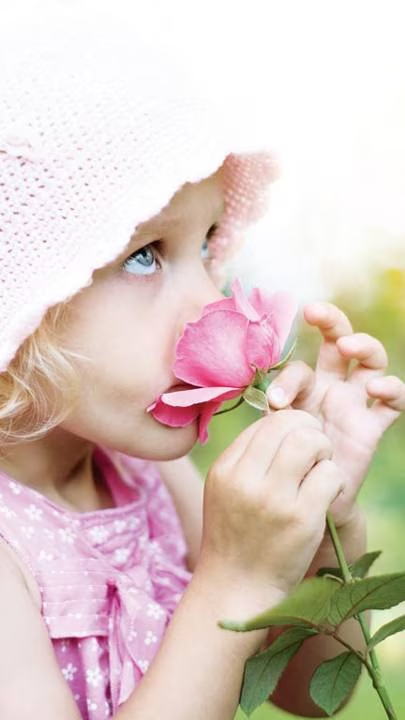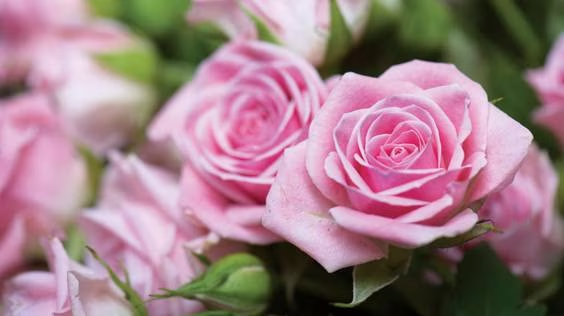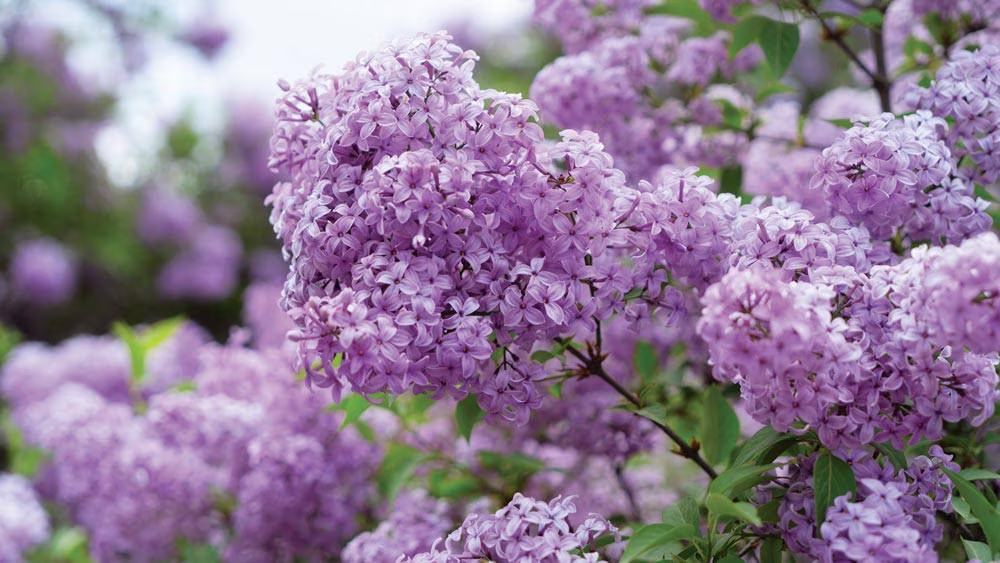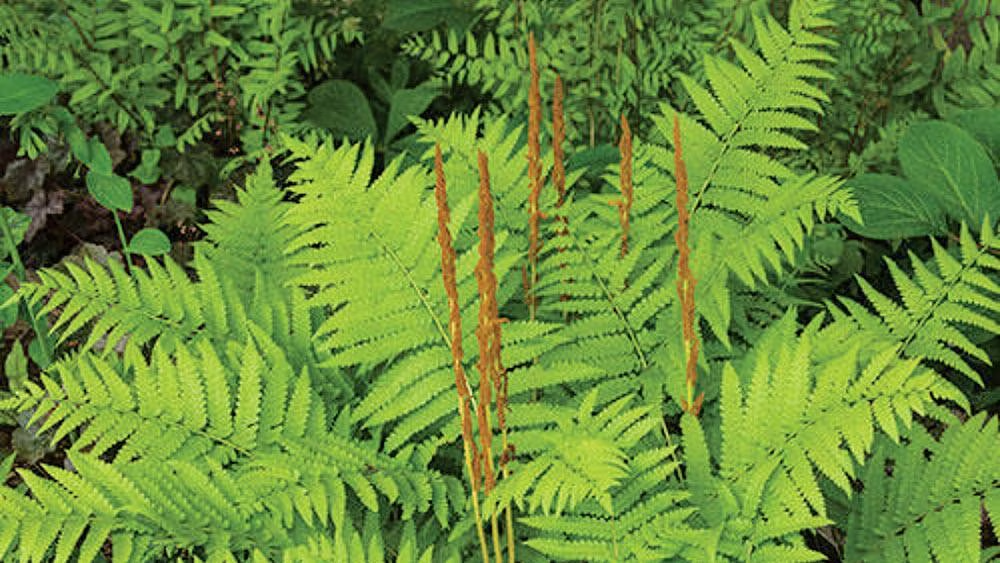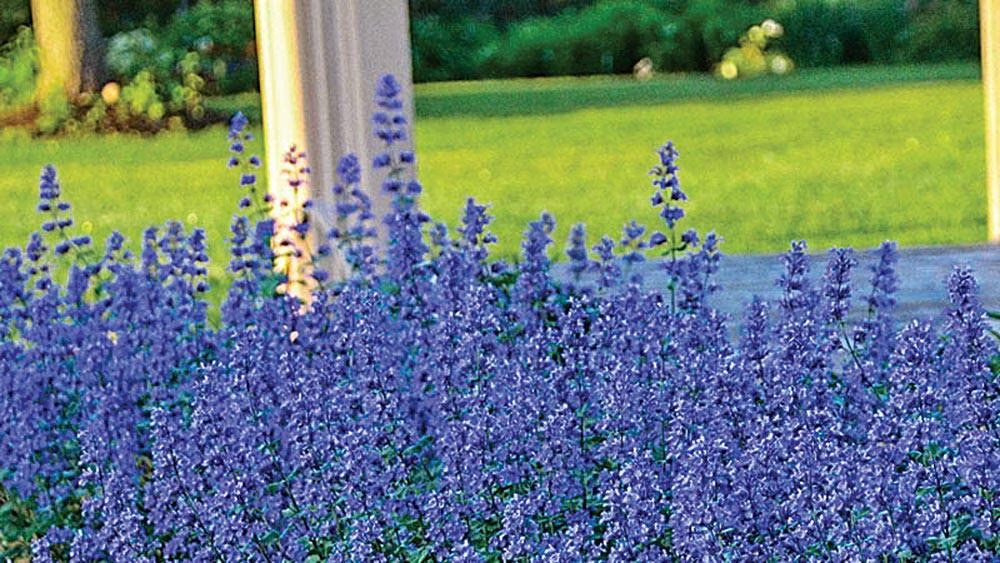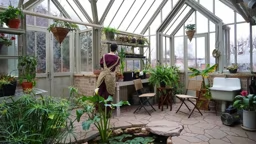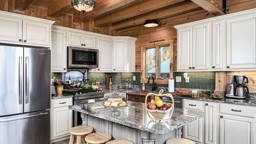In putting together any landscape or garden area, ensuring good looks is obviously an essential first step, but what about the aroma? A fragrant scent doesn’t often top the blooming shrub and seedling shopping list, but it should: A garden’s “smell-scape” has been shown to have profound effects on stress reduction, according to researcher Dr. Anna María Pálsdóttir at the Swedish University of Agricultural Sciences.
She and her colleagues recently completed a five-year study that examined perceptions of a garden’s benefits based on scent. The results revealed that those subjects who appreciated the aromas the most showed improvements in mood as well as increased sensory awareness.
“Natural scents that are perceived as pleasant can evoke a feeling of joy and have a calming effect on the mind,” says Dr. Pálsdóttir. After all, there are plenty of perfumes and colognes that pick up on floral and woodsy tones as a way to bring the outdoors with you.
Flowers are a logical choice, especially very fragrant ones, and the added bonus is that when they’re particularly odiferous, they attract more pollinators. However, they’re not your only option. Consider these for your next landscaping round:
Lilacs.
Not only do you get bountiful blooms and plenty of fragrance, lilac shrubs are a great perennial to fill gaps within your landscape. Most varieties are hardy in growing zones 3 through 8, which covers most of the continental United States.
Roses.
Many people fear roses are too fussy or time-consuming to grow, but it depends on the variety. Choose low-maintenance options, like Flower Carpet or Knock Out roses, which require less pruning, are pest-resistant and bloom continuously throughout the season.
Cinnamon.
If you live in a warmer climate (USDA Hardiness Zones 9 to 12), try growing a cinnamon plant, a bushy evergreen with spicy, edible bark. Plants can be harvested about two to three years after planting.
Catmint.
An aromatic herb that features purplish-blue flowers, this is another top choice to fill in spaces in a garden, and it’s hardy for colder climates as well. It can be invasive; however, it’s slow to spread out of control.
Lavender.
With an aroma that’s immediately recognizable and its ability to thrive in arid conditions, lavender is a garden favorite for a reason. Many varieties bloom twice, in the early summer and early fall.
Although it might be tempting to cluster a variety of sweet-smelling species in the same space in an effort to make a big impact, remember that it’s just as easy to overload your nose as your eyes. Instead, locate them strategically around your yard so each can share its unique aroma without competing with other strong fragrances nearby.
One important strategy in playing around with different garden elements is to stop for a moment, breathe in the scent deeply and enjoy that natural perfume. Being able to literally stop and smell the flowers can be as much of a boon to your overall wellness as it is to the health and beauty of your landscape.




